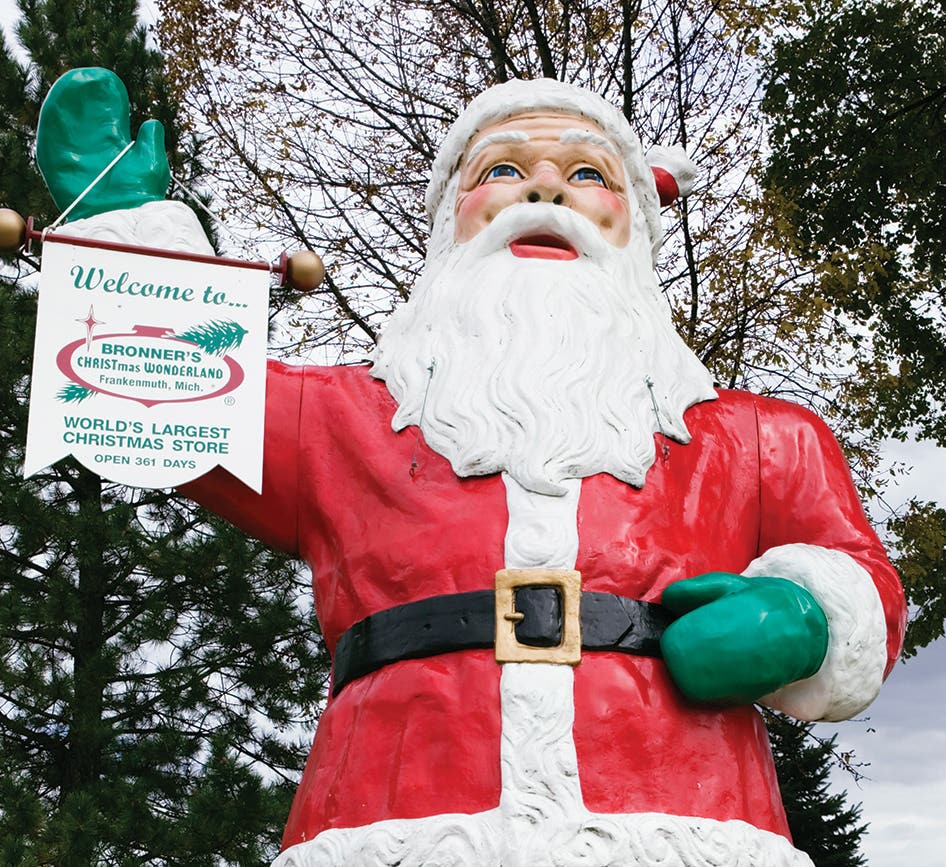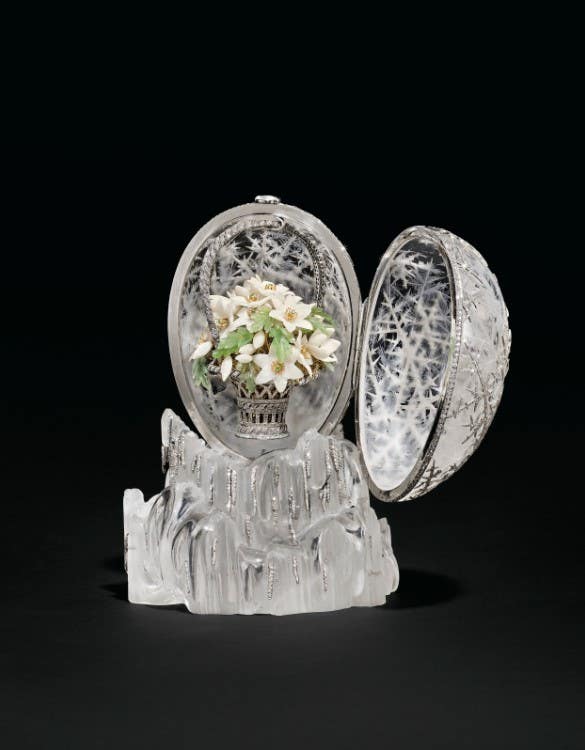National Doughnut Day Honors Special Heroines
Donut Lassies and Dollies made and delivered the popular treats to U.S. soldiers on the front lines overseas from World War I through the Vietnam War to give them a taste of home.
One of America’s favorite sweets — the doughnut — has a surprisingly heroic history.
Although invented in the 1800s, doughnuts weren’t popularized until World War I, when some brave women took on the mission of making and delivering the baked goods to soldiers on the front lines overseas to give them a comforting taste of home.
National Doughnut Day, celebrated the first Friday of each June (June 4 this year) since 1938, was established by the Salvation Army to honor these heroines, affectionately known as Donut Lassies. Later known as Donut Dollies, they delivered the homemade treats to soldiers through the Vietnam War.
In 1917, the Salvation Army sent about 250 volunteers to France to bring American soldiers in the trenches some cheer and comfort. Initially they provided the same things the evangelical Christian charity provided stateside: religious services, music played on a Victrola, and treats like hot cocoa and fudge. Then two of the women, Margaret Sheldon and Helen Purviance, came up with the idea to make doughnuts to remind the men of home. But while the women had been given a few obvious supplies such as gas masks, helmets and .45-caliber revolvers, it turned out that the things they needed most were much harder for the Army to supply: flour, sugar, rolling pins and cookie cutters.
So Sheldon and Purviance collected excess rations for the dough, and shell casings and wine bottles became makeshift rolling pins. The women prepared the dough from ingredients they found in the ammunition train’s commissary, and got fresh eggs from French villagers. And then, with gunfire, bombs and other sounds of war all around them, the women started frying doughnuts.
According to The Indianapolis Star, Purviance, a Huntington, Indiana native, knelt by a squat, wood-fired, potbelly stove, and in a small skillet, she fried hand-shaped pieces of dough — seven doughnuts at a time — while feeding the fire. She insisted the team work hidden behind a blanket because she wanted to surprise the soldiers with 150 doughnuts. “And you should have seen their faces,” she recalled, according to the newspaper.
The doughnuts were simple in flavor — made only with flour, sugar, baking powder, salt, eggs and milk, then dusted with powdered sugar after being fried — but they were an immediate hit and cemented the Armed Forces’ relationship with doughnuts, and the girls who served them. One soldier whose letter was reprinted in the Boston Daily Globe wrote, “Can you imagine hot doughnuts, and pie and all that sort of stuff? Served by mighty good looking girls, too.”
The women were eventually able to turn out 8,000 doughnuts a day and news of these “donut girls” spread quickly throughout France and the U.S. The women traveled with their troops to the front lines, piling their supplies into the ammunition train and moving through the night. Army generals weren’t fond of them being so close to combat, but the ladies were determined to dish out their doughnuts to the soldiers.
According to the Salvation Army, Purviance is quoted as saying, “General (John J.) Pershing wasn’t keen about women going close to the front lines. He said he didn’t want to take responsibility for us. We told him he wasn’t. We were taking responsibility to do this.”
But Salvation Army Donut Lassies were not sent overseas simply to bake. Their primary function was to bring a piece of normalcy and home to troops, and they were essentially surrogates for wives and mothers and in addition to serving treats, would also hand out clean socks or mend clothing — whatever it was that the soldiers needed. Donut Lassies had a huge impact on the soldiers’ psyche. They also took their fate into their own hands, fighting hard just to support their troops in the best way they knew how, and despite warnings to stay back, they stayed at their posts, constantly in danger of gas or bombings.
One of the Donut Lassies, 20-year-old Stella Young, recounted her time near the Metz Front when firing was so intense that the Salvation Army supply wagons couldn’t reach them. At one point, a piece of shrapnel ripped through their tent and tore through a doughnut pan just when she’d stepped away from the stove for another ingredient, she told the Daily Boston Globe years later. Young, who became the face of the Donut Lassies when her picture was taken with a tub full of the fried dough, recalled the dampness, cold and the men marching three miles away to the front line for 30-day stints in the trenches.
“So many of them didn’t even belong over there. They were just 16 or 17 years old. They just wanted to serve their country so badly,” Young said.
During World War II, the American Red Cross created a Clubmobile Service — London Green Line buses were converted to provide servicemen with food, entertainment and “a connection home.” Women who volunteered for the Clubmobiles became known as “Donut Dollies.” They were required to be between the ages of twenty-five and thirty-five, have some college education and work experience, and be “healthy, physically hardy, sociable and attractive.”
Clubmobiles were outfitted with a built-in doughnut machine within a fully equipped kitchen. The rear of the Clubmobile had a “lounge” area with benches that doubled as sleeping bunks for the volunteers. The bus service also offered books, candy, gum and cigarettes, and had a music player with loud speakers to play for the troops. The Blood Donor Service enacted in 1941 also allowed the women to aid in medical efforts by conducting blood plasma transfusions for those in need. Some even acted as the lifeline between American prisoners of war and their families back home, delivering care packages and returning messages — despite the Germans’ best efforts to combat them.
There were around 100 Red Cross Clubmobiles present for the Invasion of Normandy in June 1944, each of which was driven and staffed by three American women. After the invasion, eight Clubmobiles were around France, traveling with the rear echelon of the Army Corps, receiving their orders from the army. They continued their service throughout France, Belgium, Luxembourg and Germany until the war was won in 1945. These beloved women delivered 4,659,728 donuts, according to one December 1944 report. Sadly, over the course of the war years, 86 of these workers — 34 men and 52 women — lost their lives, according to Red Cross statistics.
In Korea, the Donut Dollie operation continued with a similar mission. At 22 years old, Helen Stevenson Meyner was ecstatic to travel independently for a journey of a lifetime. She wrote several letters of her experience in Japan and Korea, providing insight into the personal lives of the women who were thousands of miles away from their homes. These letters are part of an online exhibit at Lafayette College’s Academic Museum’s website. In one letter addressed to her family on Nov. 15, 1950, she wrote:
“I do a little bit of everything in the hospital. I talk to patients (incidentally the majority of the patients are not in bed but hang around the lounge here at the hospital) … drink gallons of coffee, wrap packages, take the patients over to entertainment at the Special Services club. I arrange card games & ping-pong tournaments. I’m even in charge of the birthday party for all the patients this Friday. I’m arranging a talent show and musical games for it. The boys are so cute, so young and most of them scared silly that they will be sent back to Korea (and I’m afraid they will be).”
During the Vietnam War, the Donut Dollies flew in Hueys and aboard planes, played games and sang songs as part of the Red Cross program, Supplemental Recreation Activities Overseas. They rarely served donuts, but they were beloved and respected. Young smiling faces dressed in light-blue uniforms — 627 in total — they were more valuable than they would ever realize. “Although we could make them smile, touch their hands, give them a whiff of perfume, we couldn’t keep them alive,” said one Donut Dollie.
The women visited the injured and wounded in hospitals to support their recoveries. At donutdollies.com, which documents the stories, photos and videos of these volunteers, Judy Harper recalls being dropped off by helicopter in the middle of nowhere to do “their thing.” This included bringing ice cream to the soldiers that rose from the tall grass and exchanging pleasantries before a second helicopter returned to get them before the enemy could attack. Three Donut Dollies died in Vietnam.
A 2019 documentary, The Donut Dollies, which was shown at the 10th annual Julien Dubuque International Film Festival in Iowa in April, shares the story of a group of these often-forgotten women, who were armed with nothing but cookies and home-made entertainment programs, and who risked their lives every day as they tried to fulfill their mission and boost morale for the U.S. troops. More information about the documentary is at donutdollies.com.








